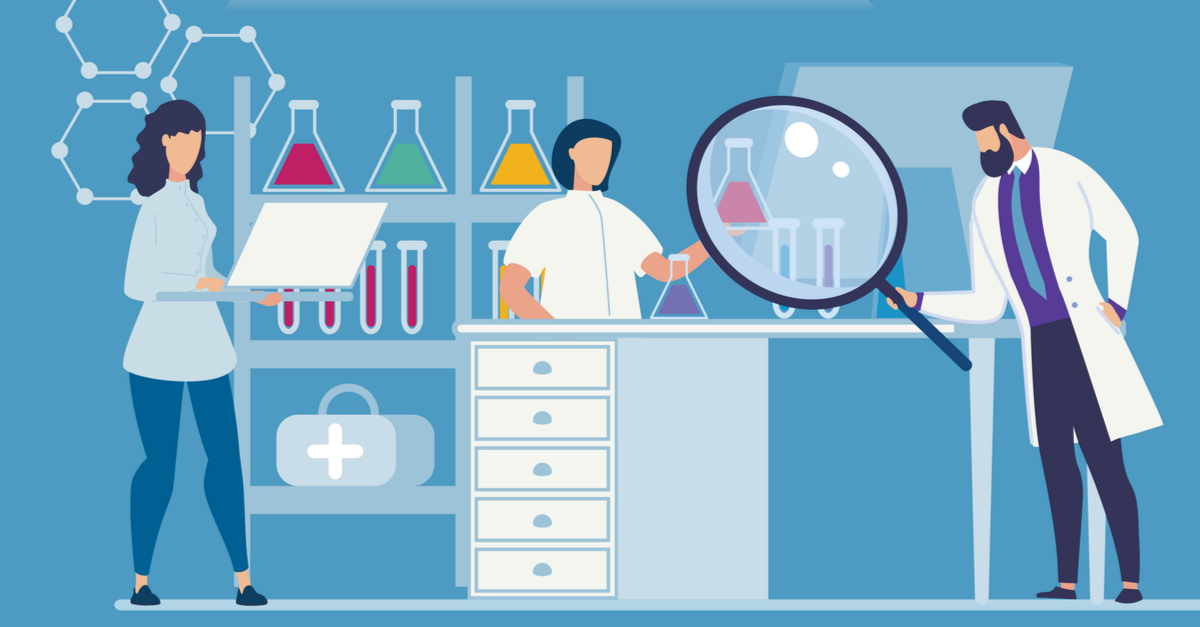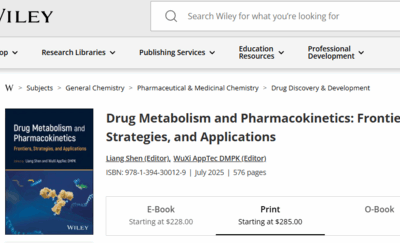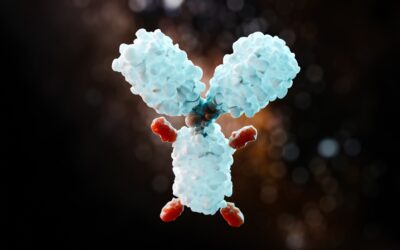In 1993, the International Council for Harmonization of Technical Requirements for Pharmaceuticals for Human Use (ICH) published guidance entitled “S5 Detection of Toxicity to Reproduction for Medicinal Products.” The U.S. FDA interpreted the ICH guidance and published what was the industry standard in reproductive toxicology studies for more than 25 years. The ICH revised S5 in early 2020 and published S5(R3), which the U.S. FDA published in May 2021 and represents current U.S. FDA positions on developmental and reproductive toxicology studies needed for pharmaceutical development.
What does S5(R3) say?
The most recent revision, S5(R3), aligns U.S. FDA and ICH guidance around reproductive toxicology and elaborates on aspects of its predecessor. Specifically, S5(R3) recommends harmonized international standards for DART testing to support clinical trials and marketing authorization for drugs. It elaborates on exposure margins and dose level selection and incorporates information on vaccines and biopharmaceuticals. The revision also outlines potential scenarios of use, alternative assays and options for deferring developmental toxicity studies. Put simply, S5(R3) provides complete guidance on identifying, assessing and conveying reproductive and developmental risk for human pharmaceuticals.
S5(R3) also encourages drug developers to complete reproductive toxicology studies according to the best practices outlined in the Good Laboratory Practices (GLP) quality system. Nonclinical testing conducted according to GLP increases confidence in the reliability and trustworthiness of data and minimizes human error. Developers who cannot meet these criteria may consider collaborating with an experienced, reputable laboratory testing partner to do so.
What are Developmental and Reproductive Toxicology Studies?
Developmental and reproductive toxicology studies are conducted to evaluate the possible effects of potential pharmaceuticals on fertility, pregnancy and fetal development, reproduction, parturition and lactation. To support clinical program progression studies are conducted in two test articles to determine whether a drug is teratogenic, or, has the potential to disturb embryo or fetus development.
A robust DART program should reveal any effect of the pharmaceutical on mammalian reproduction relevant for human risk assessment. The set of studies conducted should encompass observations through one complete life cycle:
- Premating to conception (adult male and female reproductive functions, development and maturation of gametes, mating behavior, fertilization).
- Conception to implantation (adult female reproductive functions, preimplantation development, implantation).
- Implantation to closure of the hard palate (adult female reproductive functions, embryonic development, major organ formation).
- Closure of the hard palate to the end of pregnancy (adult female reproductive functions, fetal development and growth, organ development and growth).
- Birth to weaning (parturition and lactation, neonate adaptation to extrauterine life, pre-weaning development and growth).
- Weaning to sexual maturity (post-weaning development and growth, adaptation to independent life, onset of puberty and attainment of full sexual function, and effects on second generation).
The risks to all stages should be assessed unless the stage is not relevant to the intended population. The stages covered in individual studies are left to the discretion of the sponsor, although the timing of studies within the pharmaceutical development process is dependent on study populations and phase of pharmaceutical development (see ICH M3, ICH S6 and ICH S9).
The ICH guidance allows drug developers and sponsors to determine the stages assessed in their studies based on their relevance to the intended population. This is another place where collaboration with a laboratory testing partner can be beneficial.
Looking Ahead
Modern drug development is time-consuming, complex and essential work. The importance of getting reproductive and developmental toxicology testing right cannot be overstated. But the payoff of seeing a new drug achieve regulatory approval and ultimately help human populations should provide tremendous motivation for scientists and drug developers/sponsors alike.
As a global company with operations across Asia, Europe, and North America, WuXi AppTec provides a broad portfolio of R&D and manufacturing services that enable the global pharmaceutical and life sciences industry to advance discoveries and deliver groundbreaking treatments to patients. Through its unique business models, WuXi AppTec’s integrated, end-to-end services include chemistry drug CRDMO (Contract Research, Development and Manufacturing Organization), biology discovery, preclinical testing and clinical research services, helping customers improve the productivity of advancing healthcare products through cost-effective and efficient solutions. WuXi AppTec received an AA ESG rating from MSCI for the fourth consecutive year in 2024 and its open-access platform is enabling around 6,000 customers from over 30 countries to improve the health of those in need – and to realize the vision that “every drug can be made and every disease can be treated.”


